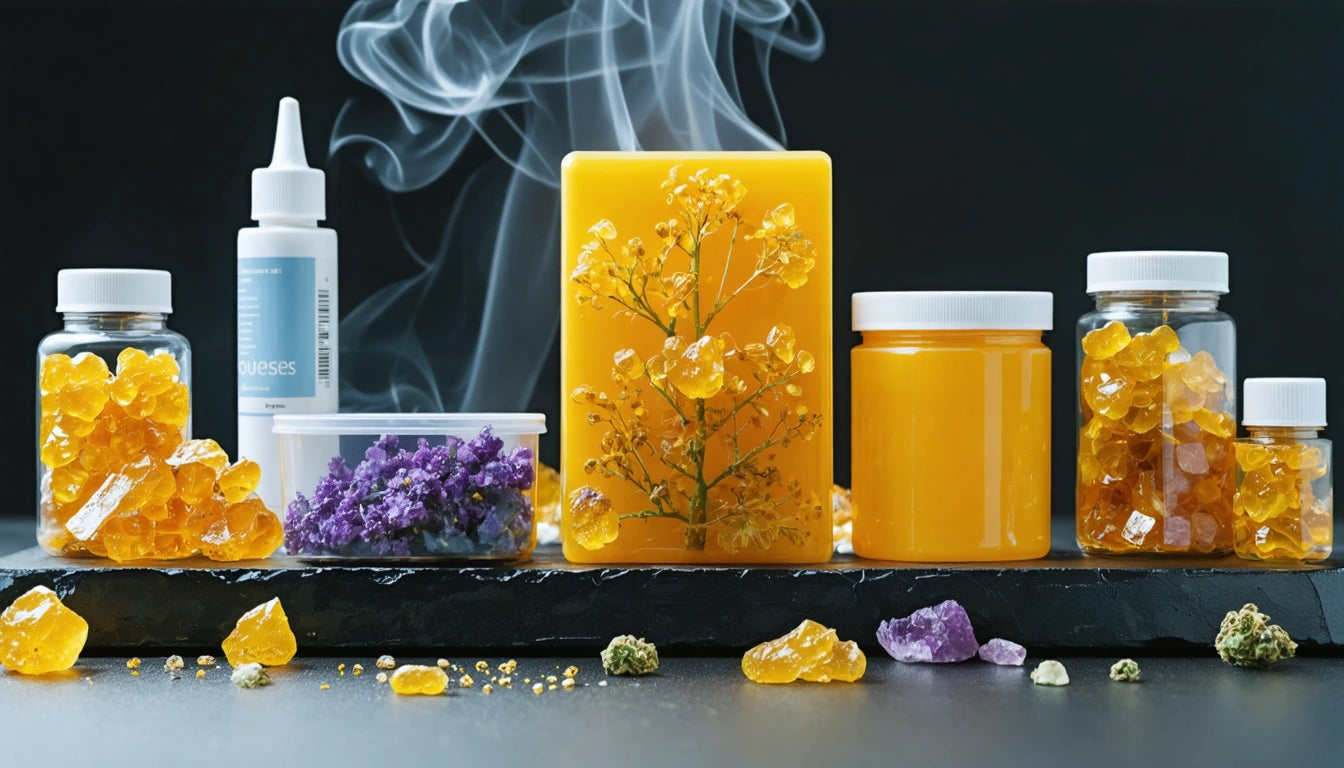Mastering the Art of Rolling: A Guide to Using Filters and Raw Papers
Rolling the perfect joint is both an art and a skill that improves with practice. Whether you prefer using filters for a smoother experience or rolling with raw papers without a filter for a more traditional approach, mastering these techniques can significantly enhance your enjoyment. This comprehensive guide covers everything from basic rolling methods to advanced techniques, ensuring you can create the perfect roll for any occasion.
Understanding Rolling Basics: Papers and Filters
Before diving into specific techniques, it's important to understand the materials. Raw papers have gained popularity for their natural composition, minimal processing, and clean burn. They're typically made from unbleached, chlorine-free hemp or rice paper, offering a purer experience with less paper taste.
Filters, also called crutches or tips, serve multiple purposes: they prevent plant material from entering your mouth, allow you to enjoy your roll to the very end without burning your fingers, and provide structural support that helps maintain an even burn and airflow.
How to Roll a Filter: Step-by-Step Guide
Learning how to roll a filter is a fundamental skill that improves the overall smoking experience. Here's a simple method:
Materials Needed
- Filter paper or thin cardstock
- Scissors (optional)
Step-by-Step Process
- Take a piece of filter material about 0.75 inches wide by 2 inches long
- Make a few accordion-style folds at one end (typically 3-5 small folds)
- Roll the remaining paper around these folds to create a cylinder
- Adjust the tightness to ensure good airflow without being too loose
The accordion pattern creates small channels that allow air to pass through while blocking plant material. This design is the most common, but as you become more experienced, you can experiment with different folding patterns like the spiral or star shape for varied results.
Rolling with Raw Papers: Techniques and Tips
Raw papers have become the gold standard for many enthusiasts due to their natural composition and minimal impact on flavor. As detailed in this comprehensive guide to rolling papers, the right technique can make all the difference.
Rolling with a Filter
- Place your filter at one end of the paper
- Distribute your ground material evenly along the crease
- Using your thumbs and index fingers, roll the paper back and forth to shape the contents
- Tuck the unglued edge behind the filter and roll upward
- Lick the glue strip and seal from the filter end to the tip
How to Roll a Raw Paper with No Filter
If you're wondering how to roll with raw papers no filter, the process is similar but requires more attention to the mouthpiece end:
- Distribute ground material evenly, leaving a small space at what will be the mouthpiece end
- Shape the contents by rolling between your fingers
- Tuck and roll from the mouthpiece end, making it slightly tighter to prevent material from falling out
- Lick the adhesive strip and seal the joint
- Gently twist the open end to secure the contents
Rolling without a filter requires a bit more skill to prevent material from entering your mouth or the joint becoming too loose at the end. Many experienced rollers pinch and twist the mouthpiece end more firmly when learning how to roll a raw paper no filter.
Rolling Without Filters: Pros, Cons, and Techniques
Understanding how to roll without filter is valuable for situations when filter materials aren't available or when you prefer the traditional experience.
Advantages of Filterless Rolling
- More room for your material
- Traditional, purist approach
- No need for additional materials
Disadvantages
- Potential for plant material in your mouth
- Can become soggy at the mouthpiece
- May waste material at the end
- Can be harder to maintain consistent airflow
When rolling without filters, consider making the mouthpiece end slightly tighter and leaving a small empty space at that end. This creates a natural barrier that functions similarly to a filter. For those who regularly enjoy pre-rolls, you might find that professionally made custom cones often provide excellent filtration built into the design, offering convenience without sacrificing quality.
Pre-Rolled Filter Tips: Convenience and Quality
For those seeking convenience without sacrificing quality, pre-rolled filter tips offer an excellent solution. These ready-made filters save time and ensure consistency.
Benefits of Pre-Rolled Filter Tips
- Consistent size and shape
- Time-saving
- Perfect for beginners still mastering manual techniques
- Often made from quality materials with optimal porosity
Pre-rolled filter tips come in various sizes to accommodate different rolling styles and preferences. Some even feature innovative designs like spiral interiors or activated charcoal infusions for enhanced filtration. As explained in this guide to filter tips, the right pre-rolled filter can significantly improve your rolling experience.
Advanced Rolling Techniques for Enthusiasts
Once you've mastered basic rolling with and without filters, you might want to explore more advanced techniques that can enhance your experience and impress friends.
Perfecting the Cone Shape
The cone shape, thinner at the filter end and wider at the tip, allows for an even burn and excellent airflow. This technique works well with both filtered and non-filtered rolls but is especially effective when using filters as they provide structural support.
Inside-Out Rolling
Also known as backrolling, this technique involves rolling with the adhesive strip facing inward. This results in using less paper and potentially offers a cleaner taste. It's particularly effective when using raw papers, which are already designed to minimize paper taste.
Whether you choose to roll with filters, without filters, or opt for the convenience of pre-rolled options, the key is finding what works best for your preferences and situation. As with any skill, practice makes perfect, and experimenting with different techniques will help you discover your preferred method.
Remember that proper grinding of your material, even distribution, and patient rolling are universal principles that apply regardless of whether you use filters or not. With time and practice, you'll develop the dexterity and intuition needed to consistently create perfect rolls that suit your personal preferences.











Leave a comment
All comments are moderated before being published.
This site is protected by hCaptcha and the hCaptcha Privacy Policy and Terms of Service apply.